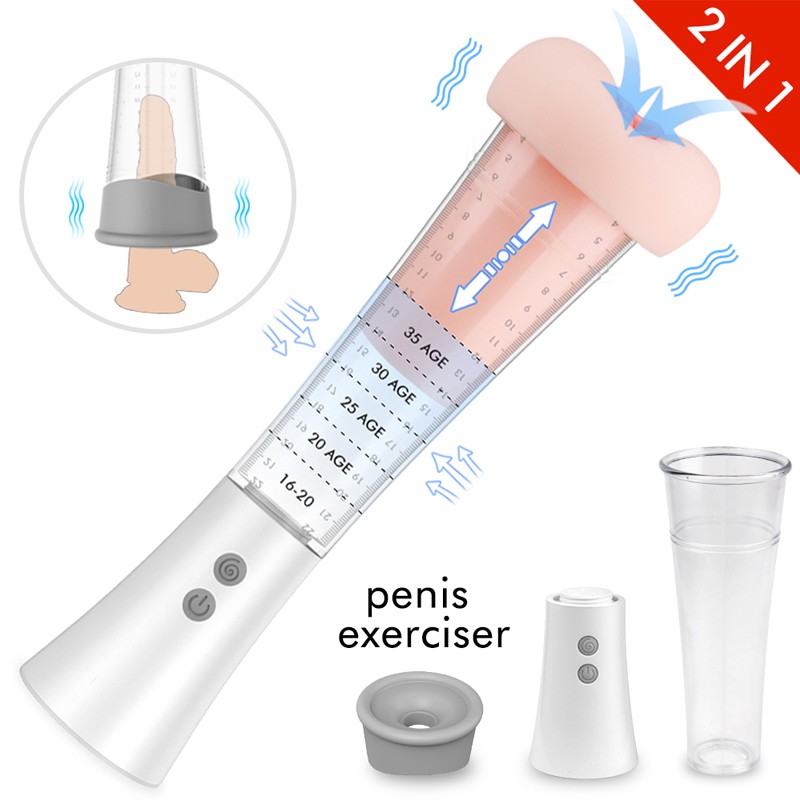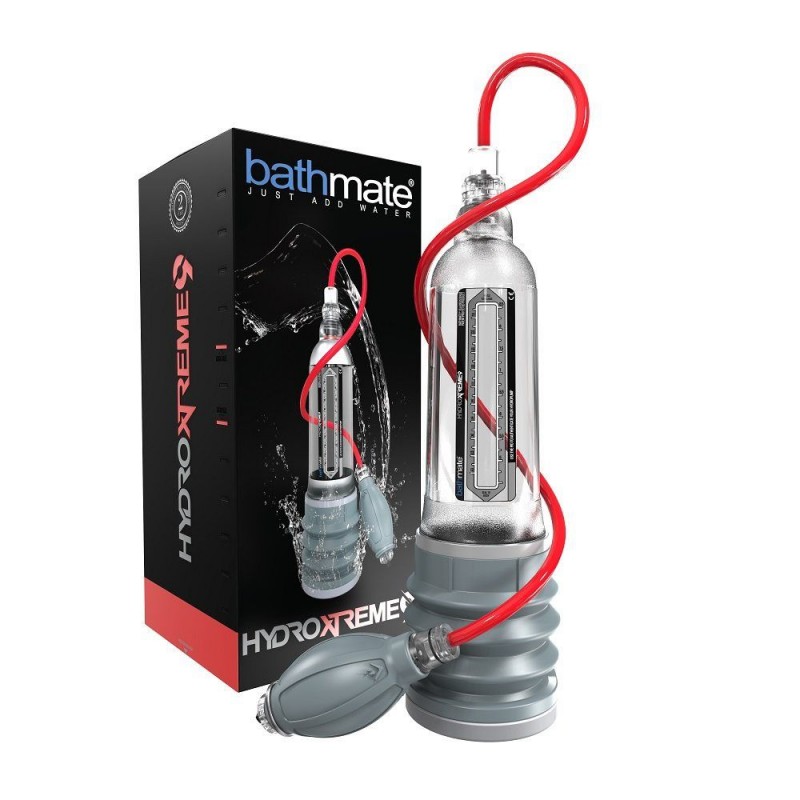Curious about making your own penis pump at home? If you're on a budget or simply love the challenge of DIY projects, the idea of crafting a penis pump might sound appealing. But, before you dive in, it’s important to consider the risks and benefits of this homemade solution. In this guide, we’ll explore what a penis pump does, how to potentially make one at home, and whether it's a good idea to take the DIY route.
.jpg)
What Is a Penis Pump?
A penis pump is a device designed to help with erectile dysfunction or to temporarily increase the size of the penis by creating a vacuum around the organ. This vacuum draws blood into the penis, making it swell and harden, which can be helpful for those looking to enhance their sexual performance or appearance.
The Appeal of a Homemade Penis Pump
Let’s face it—commercial penis pumps can be expensive! For those not ready to spend a lot on a high-end device, trying to make one at home can seem like an attractive alternative. But, while it might save you money in the short term, there are several factors to consider before attempting this DIY project.
.png)
Materials You Might Need for a DIY Penis Pump
Creating a penis pump at home requires materials that can mimic the vacuum effect of a store-bought model. Here's a basic list of things you might need:
1. Cylinder: A clear, rigid tube that can fit snugly around the penis. Many DIYers suggest using plastic bottles, but this can be risky if the material isn’t strong enough to withstand pressure.
2. Pump: Some people repurpose hand pumps from other devices, like blood pressure monitors or vacuum cleaners. You’ll need something that can safely create a vacuum without causing harm.
3. Sealing Material: To create a good seal around the base of the penis, you’ll need a soft material. Some suggest using rubber, silicone, or even foam.
4. Valve: A valve is essential to control the amount of pressure inside the cylinder. Without a reliable valve, you risk applying too much pressure, which could result in injury.
How to Make a Homemade Penis Pump
If you’re determined to give this a try, here’s a general outline of how you might go about making a DIY penis pump. Remember: This is for informational purposes only, and we do not recommend attempting to build a penis pump without understanding the risks.
a. Prepare the Cylinder: Find a sturdy, clear plastic tube that’s long enough to fit the penis. The tube should be wide enough to allow some room, but not so large that the vacuum won’t be effective.
b. Create the Seal: Use a soft, flexible material like rubber or silicone to make a comfortable seal around the opening of the tube. This will help maintain suction while preventing air from leaking in.
c. Attach the Pump: You’ll need a hand pump that can be securely attached to the other end of the tube. Pumps from household items like bicycle pumps or vacuum sealers have been used, but they may not be ideal for this purpose.
d. Install a Valve: To regulate the pressure inside the tube, you’ll need a release valve. This allows you to control the vacuum and ensures that you don’t accidentally create too much pressure.
e. Test Carefully: If you’ve managed to assemble everything, it’s crucial to test the device carefully. Start with very low pressure, and monitor for any discomfort or pain. If anything feels wrong, stop immediately.
.png)
The Risks of a Homemade Penis Pump
While the idea of making your own penis pump might sound cost-effective, it comes with significant risks. Here are some of the dangers you should be aware of:
1. Injury Risk
Without precise control over the vacuum pressure, you could easily injure yourself. Too much suction can cause bruising, burst blood vessels, or even permanent damage to the penile tissue.
2. Ineffective Results
A poorly made pump might not create the right level of suction, rendering it ineffective. You could be left disappointed after all your efforts, without any noticeable results.
3. Hygiene Issues
Store-bought pumps are made with medical-grade materials that are easy to clean and sterilize. With a homemade version, you run the risk of using materials that could harbor bacteria, leading to infections or other complications.
4. Lack of Safety Features
Commercial penis pumps are designed with built-in safety measures, like pressure gauges and release valves, to ensure that you don’t overdo it. A homemade pump may lack these crucial features, increasing the chances of injury.
Is It Worth Making Your Own Penis Pump?
While the DIY route might save you some cash upfront, the risks involved far outweigh the potential benefits. Commercial penis pumps are designed with safety and effectiveness in mind, and they undergo rigorous testing to ensure they meet medical standards. When making your own, you’re essentially experimenting with your body, which could lead to harmful consequences.
If you’re serious about using a penis pump, it’s worth investing in a professionally made one. Many reputable brands offer pumps in a range of prices, so you can find something that fits your budget without compromising on safety.
-
$44.91$49.90
-
$67.95$75.50
-
$199.90$235.18
Alternatives to a Homemade Penis Pump
If the cost of a high-end penis pump is holding you back, consider some of these alternatives:
Lower-Cost Commercial Pumps: There are affordable penis pumps on the market that still offer good performance and safety features.
Exercise and Supplements: Some people turn to penile exercises or supplements, although these methods are not always proven to be effective.
Consult a Doctor: If you’re struggling with erectile dysfunction, a doctor might be able to suggest other treatment options that are safer and more effective than a homemade device.
Final Thoughts
While making a penis pump at home might seem like a fun, cost-saving project, it’s important to recognize the risks involved. The potential for injury, combined with the lack of hygiene and safety features, makes a DIY penis pump a questionable endeavor. If you’re serious about using a pump, it’s best to invest in a professionally made one that guarantees both safety and effectiveness.
Remember, your health and safety should always come first!




.jpg)






.webp)










